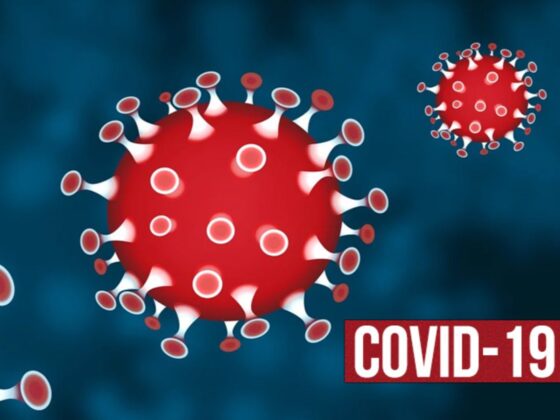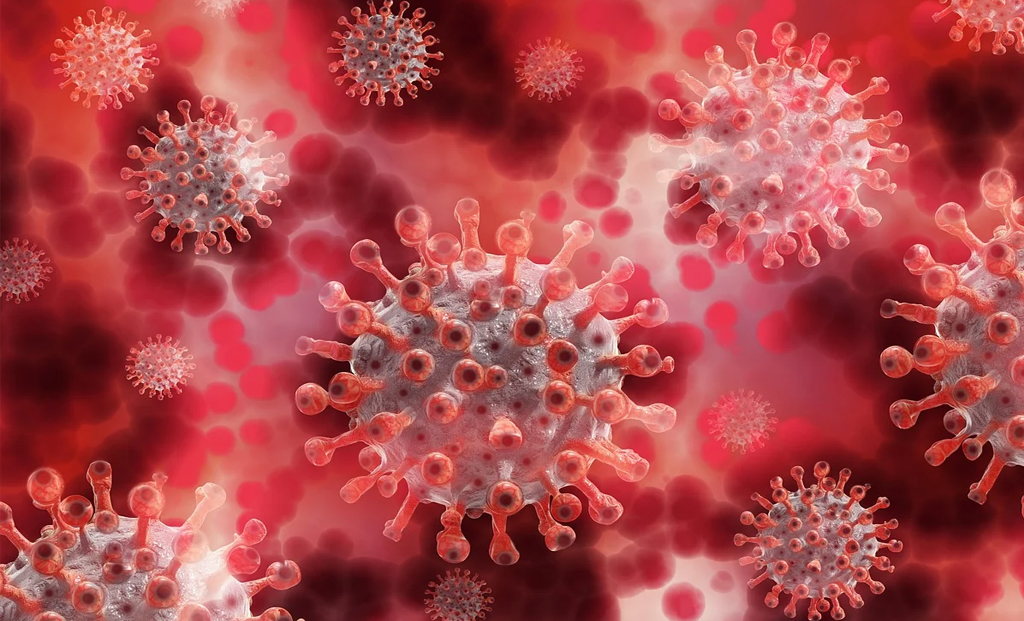 -Dr. Angeli Misra, Director Lifeline Laboratory
-Dr. Angeli Misra, Director Lifeline Laboratory
Mucormycosis is a fungus that causes infection in human beings. The fungus is normally present in the environment and causes what is known as opportunistic infections.
This means that the fungus infects people who are immuno-compromised due to other reasons such as diabetes, cancer therapy, HIV, marked nutritional deficiency, chemotherapy, radiotherapy, organ transplant, etc. The fungus infection is common in diabetics, especially when they have uncontrolled diabetes.
What are the signs and symptoms of mucormycosis?
Depending on the site of infection, mucormycosis is described as cutaneous, rhino-cerebral, pulmonary, and gastrointestinal. Rhino-cerebral mucormycosis is the commonest and the sinuses, nasal passages, oral cavity, and brain are infected by this virus in this condition. This infection can result in the rapid deterioration of the patient and may even cause death.
Cutaneous mucormycosis occurs when skin or a previous wound in the skin is infected by this saprophytic fungus. The fungus spreads rapidly into the deeper tissue and also into the bones at times. There is necrosis of the skin along with infarction and thrombosis. The lesion starts as redness and swelling, followed by the formation of a black eschar (dry and dark scab), with central ulceration – hence the name black fungus.
ALSO READ | Can COVID-19 Cause Diabetes? Here’s What You Need To Know
Pulmonary mucormycosis occurs when the infection occurs in the lung. This is highly invasive and leads to very poor outcomes, and may be fatal.
Gastrointestinal mucormycosis occurs when the fungus invades and causes infection of the gastrointestinal tract. The symptoms are varied, varying from non-specific abdominal pain and distension to more severe abdominal symptoms.
What is invasive mucormycosis?
Invasive mucormycosis is when the fungus rapidly spreads to the surrounding tissue and organs. The patients of invasive mucormycosis are highly immuno-compromised and very rarely survive.
How can we diagnose mucormycosis or black fungus?
Mucormycosis or black fungus can be diagnosed upon pathological examination and testing of the tissue involved. Tissue or fluid is aspirated or extracted from the site of the infection by FNAC or biopsy test and the specimen is examined under the microscope to look for this fungus.
How can mucormycosis be treated?
Mucormycosis can be treated by specific antifungal medication. The area or wound may also need to be excised or debrided. The cause for immuno-suppression will also need to be addressed and treated. In case of diabetics, the blood sugars will need to be controlled.
Does covid-19 cause mucormycosis?
Covid-19 does not cause mucormycosis but a patient of covid-19 may be immuno-compromised due to steroid medication, other immuno-modulating medications and long hospital stays. This makes the patient vulnerable towards exposure to this fungus. It is, therefore, advised that any kind of treatment or steroids be taken under close supervision of a doctor.











